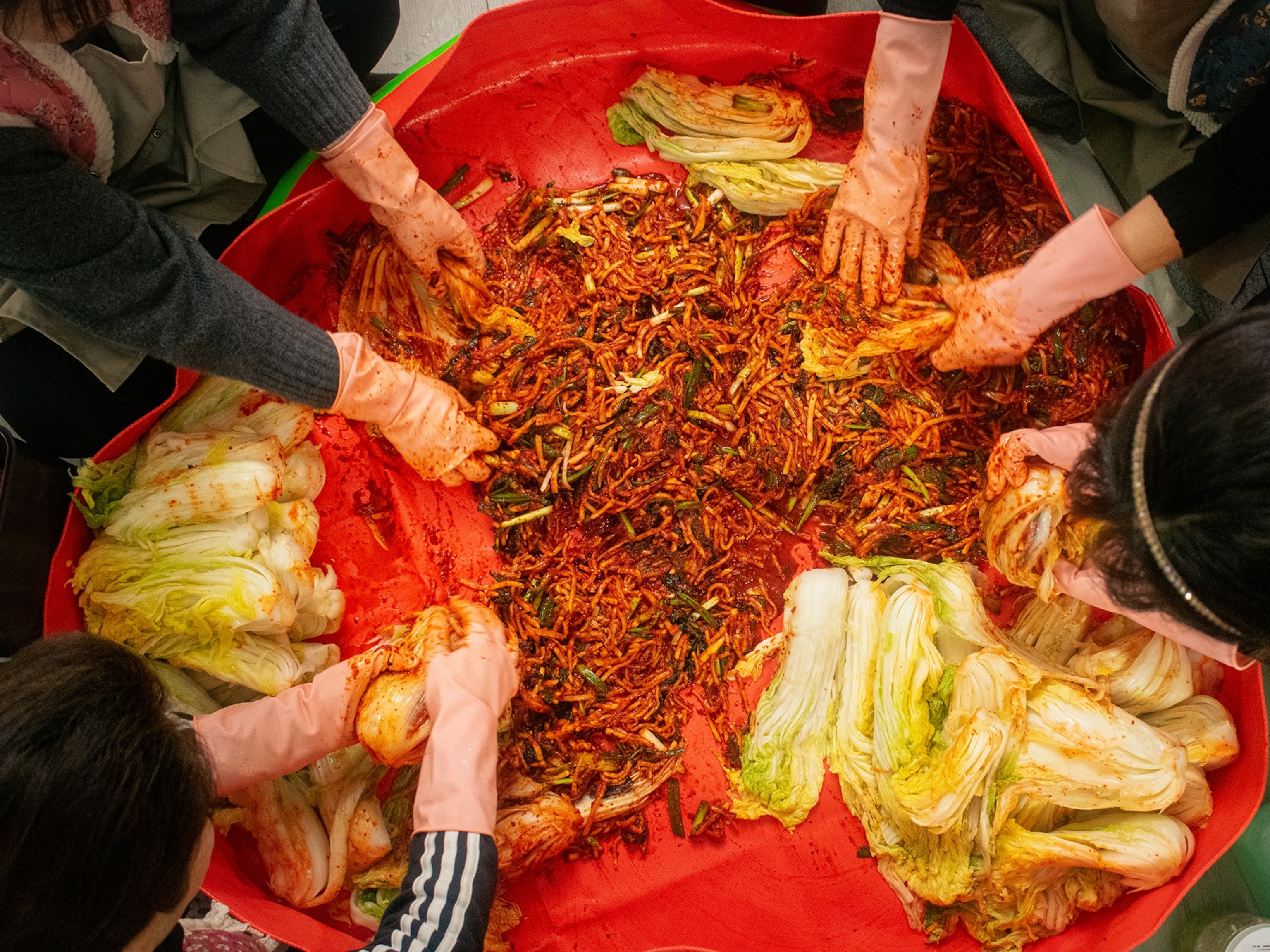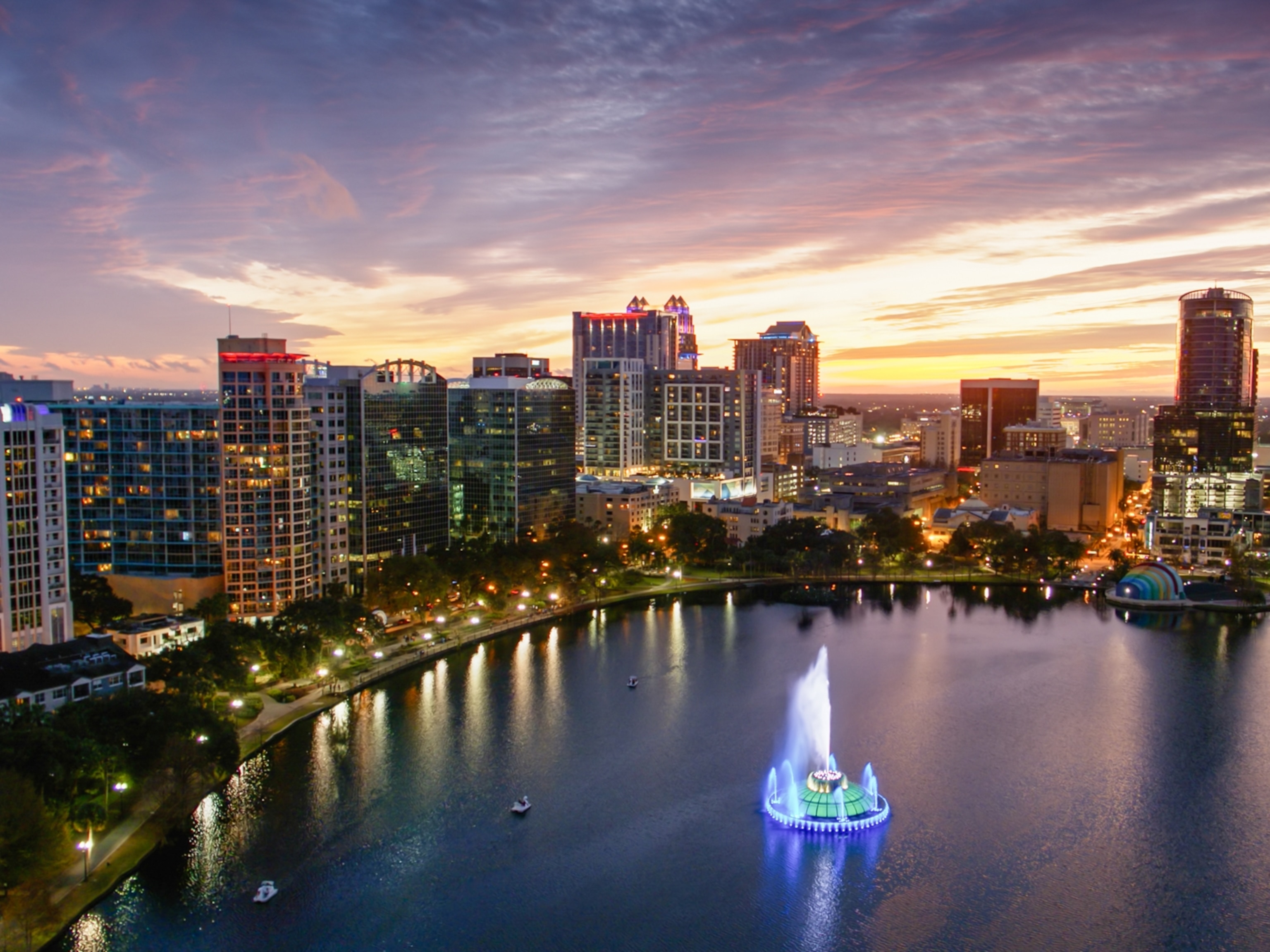
6 Ways Food Is Immigration's Biggest Success Story
From avocados in Florida to sugarcane in South America, much of the world's food is grown in regions far from its original source.
Anyone who’s pondered the fact that Italian tomato sauce owes a botanical debt to Central America, where the fruits first evolved, knows that foods, like humans, do travel. Many foods have traveled because intrepid humans made it their mission to seek and return with the most delicious foods around the globe; witness the introduction of Corsican lemons and Chilean avocados to American soil, thanks to explorer David Fairchild.
Other foods have crossed borders because scientists saw value in documenting botanical diversity, a la the Soviet geneticist N.I. Vavilov. And still other foods have journeyed surreptitiously, carried along by migrating birds. But the next logical line of inquiry—Which foods? And how much? And between where?—has been left to speculation.
Until now.
Researchers with the International Center for Tropical Agriculture conducted the first-ever study quantifying the degree of international exchange in food cultivation and consumption, published today in the Proceedings of the Royal Society B. And in today’s globalized world, few will be surprised to learn that our diets and agriculture are becoming more entwined with the fates of far away lands. Between 1961 (when the U.N. first began collecting data) and 2011, the average share of calories consumed from “foreign-born” foods worldwide increased from 62 to 68 percent.
That matters for diets, of course, but it matters most of all, says the study’s lead author Colin Khoury, because of its implications for conservation and the future of agriculture.
“If a food is important to you—if you’re the world’s biggest producer of soybeans, like the U.S.—then the [ecological] diversity in east Asia [where soybeans come from] is important to you in the deeper sense of long-term agricultural production,” says Khoury. He says we’ll need plants related to our domestic familiars from which to steal survival tricks as climate changes and pests evolve. And we’ll be most likely to find them in the regions where plants originated.

Here are six surprising facts about food migration:
1. South America has Stolen Sugarcane
Sugarcane may have fueled the western hemisphere’s rum industry—and slavery—during the Colonial Era, but it hails from south and southeast Asia. Worldwide, farmers grew more than 1 billion tons in 2009-2011, but more than three-quarters of that was cultivated in in tropical South America, 10,000 miles away from where the plant originated.
2. Corn Is King in U.S., Asia
The U.S. produces more corn than any other country, but others are gaining ground. In 2009-2011, the North American growing region (which excludes Mexico) produced 443 million tons of maize. East Asia, which includes China, and Northern Europe combined produced less than 400 million tons. Meanwhile the crop’s native region of Central America and Mexico produced just 35 million tons.
3. The World’s Calories Come from the Mediterranean, Asia
When it comes to diets, grain—particularly wheat (native to the southeastern Mediterranean and western Asia) and rice (from south and eastern Asia)—accounts for the largest share of our calories. Those two grains dominate the diets eaten in every region of the world.
4. Islands Need Food Immigrants
Of the three island regions analyzed by Khoury and colleagues—the tropical Pacific Islands, the Indian Ocean Islands, and Australia and New Zealand—none produced native crops in a significant way. Instead, they relying almost entirely on foreign crops. And when it comes to other countries adopting the islands’ native foods, only the Pacific Islands contribute anything to diets elsewhere at all: coconuts and tubers.
5. Without Food Migration, North America Would Live on Oats and Berries
Keep in mind that, if northern Europe and North America were consuming the most commonly eaten foods from their native lands, the data suggests we’d be living on apples, oats, sugar beet, grapes and sunflower oil. To be fair, there’s also strawberries in the spring.
6. Locavorism Is Biggest in Developing Countries
The three countries with the biggest share of native foods in their diet are Cambodia, Bangladesh and Niger. Even there, at least one-fifth of their diets are from crops that came from far away.





